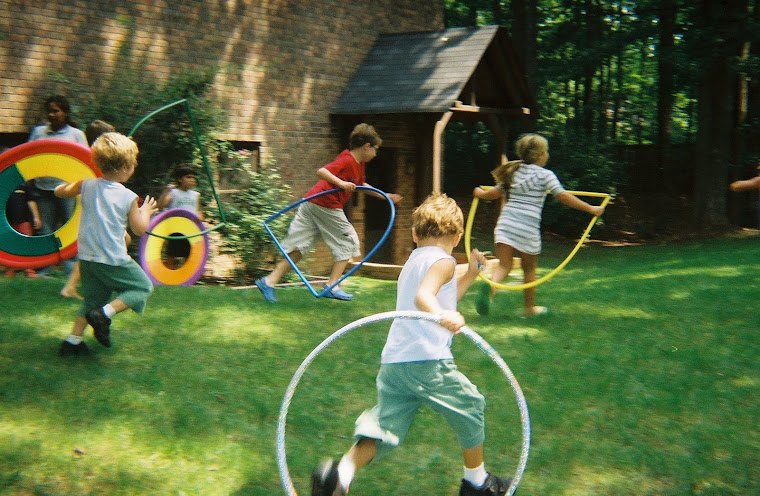Transitions are particularly hard for some children and
extremely difficult for most children with sensory issues. It isn’t just the air and the leaves that are
changing it are the clothes that the children are wearing changes too.
They entered school in August when the weather was still
warm and clothes were soft and light, are suddenly wearing heavier
clothes. Clothes with waistbands, shirts
with cuffs, bulky sweaters, all contribute to sensory changes. And they are getting unpredictably warm and
then cold. For some children with
sensory issues this produces a kind of “sensory chaos” and the changes in
behavior mirror this confusion.
In addition there is the shortening of the days and it gets
darker earlier and children with light sensitive sleep-wake cycles find
themselves tired more easily or curiously awake at odd times.
Children who were “doing fine” in August and early September
are now distracted and not finishing work. Discomfort in their own skin can
translate into discomfort with their personal space causing them to “bump into
friends”, have difficulty lining up, or squirming in their chairs, etc.
These issues do not quickly resolve and take time as the
child adjusts to the changes in the weather and related changes of dressing and
sleeping.
Occupational therapists are uniquely qualified to help both
parents and teachers with helping these children better tolerate these changes.
Here is some home and school suggestions that can help these
children transition better.
At home
1.
Take all the summer clothes out of the room;
(your child may “fight” you at first but just explain that you need room for
the more bulky fall and winter clothes), once the clothes are in a box and out
of the room replace them with familiar winter sweaters (if they still fit) and
have your child participate in the placement of the clothes in drawers and
closets.
2.
Be aware of fall allergies and if needed take
your child to the pediatrician for help with this.
3.
Transitioning from shorts to long pants where
their legs are being “touched” all day long can be a real problem. Try those pants with zippers at the knees
that transfer into ‘shorts’ so if the
children get really “itchy” they can take off the longer part of the pants
while they are in class. Be sure to
discuss with your child that they will have to put them back on for recess,
going home etc.
4.
Use schedules that show when they go to sleep,
when they get up, eat, do homework. This
will help they have a sense of order and time so that they can meet the task
expectations.
At school
1.
Believe it or not light bulbs do make a difference. Using lamps in the room with
(for example) Eco-Vantage light bulbs (Phillips) is a great way to keep
“summer” in the room a little longer and can help with light sensitivity adjustments.
2.
Sounds are now different for these children. In
the summer there were outdoor sounds at the pool, on the street, and now they
are in a classroom in a place where sound is confined; the teacher is talking,
kids are talking, chairs are moving. To
most children this is not a problem, but to sensory kids this can be as if megaphones
were blaring at them. Have soft classical music playing in the room to create non-distracting
‘white noise’, let some children wear headphones, put carpet squares under the
chairs. Tampering down the noise level for ambient noise can help a lot.
3.
For the children that crave multiple sounds let
them wear headphones that have music playing but not too loud so they can still
cue into the classroom as needed.
4.
“Go to Australia” Have a sensory pup tent in the
room set up for kids that need some personal space adjustments. Inside the tent can be different textures
(pillows with different coverings) carpet and maybe a beanbag chair, CD
player. Children get a “passport” and a
“Visa” for a specific time limit (5-10-15 minutes) at which time a timer rings
and they know they have to come back to America. For young children show them how far away
Australia really is so it will be more fun for them to ask to go!
Change is never easy and change for sensory disordered
children is often akin to placing them on another planet. Everything becomes
novel, even familiar tasks. Lack of
familiarity fosters fear and fear fosters chaos. Containing the chaos and
converting it into function is the challenge.
Occupational Therapy can be a valuable resource for parents, children
and teachers in learning these and other sensory controlling techniques.
